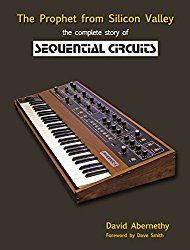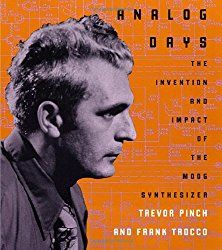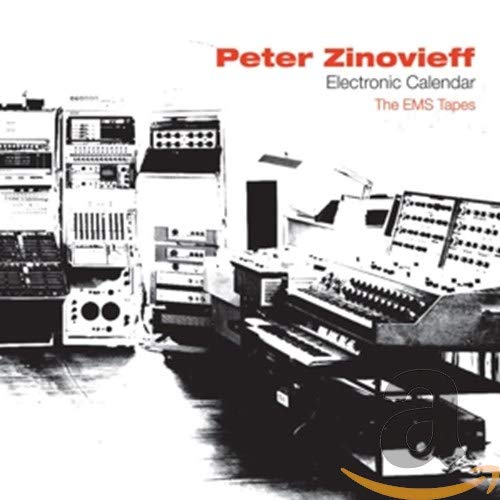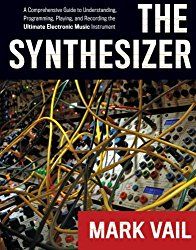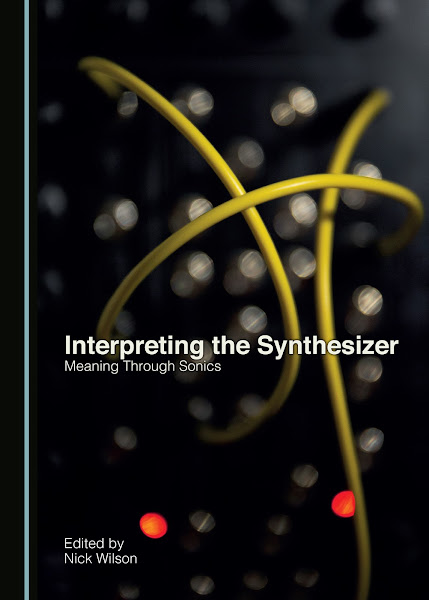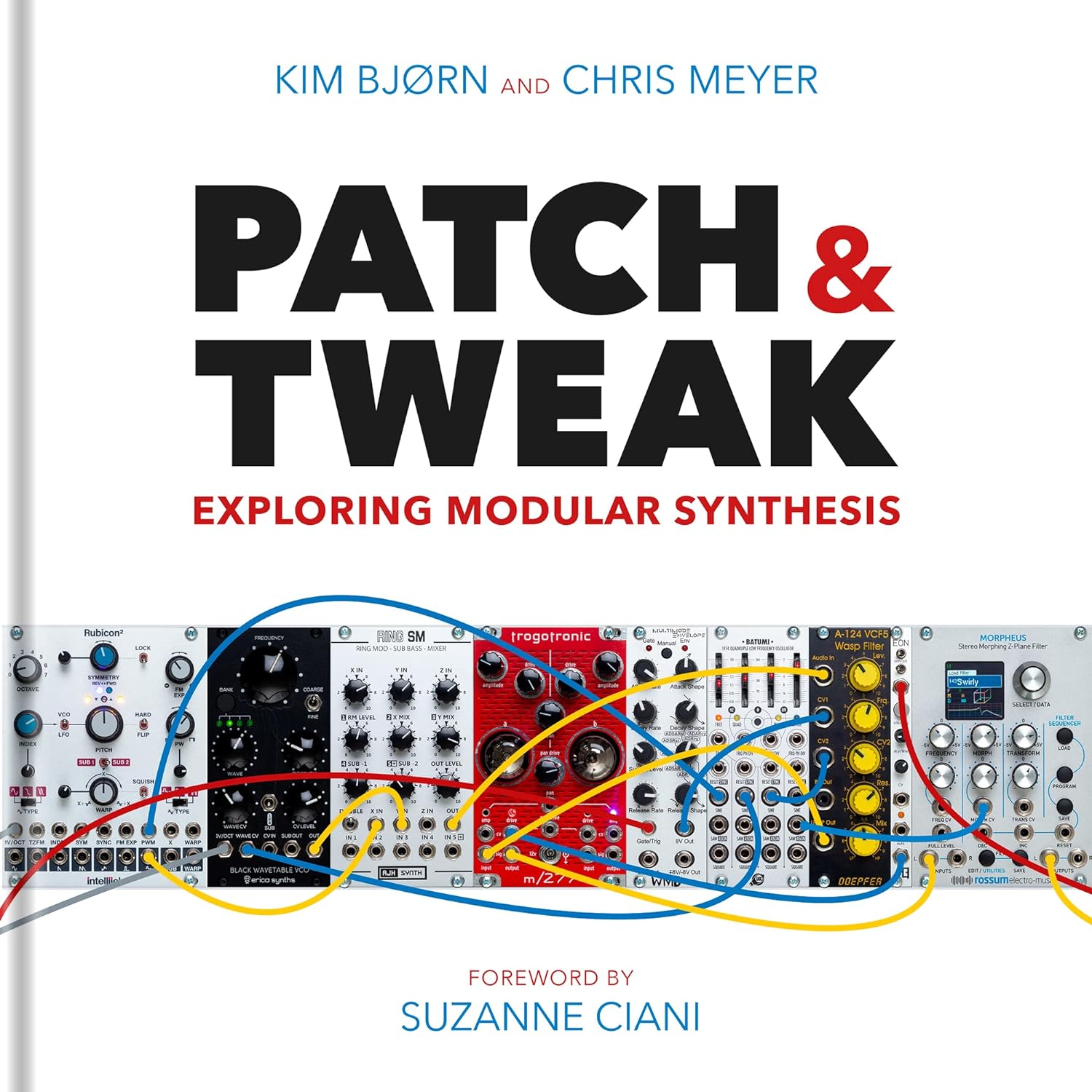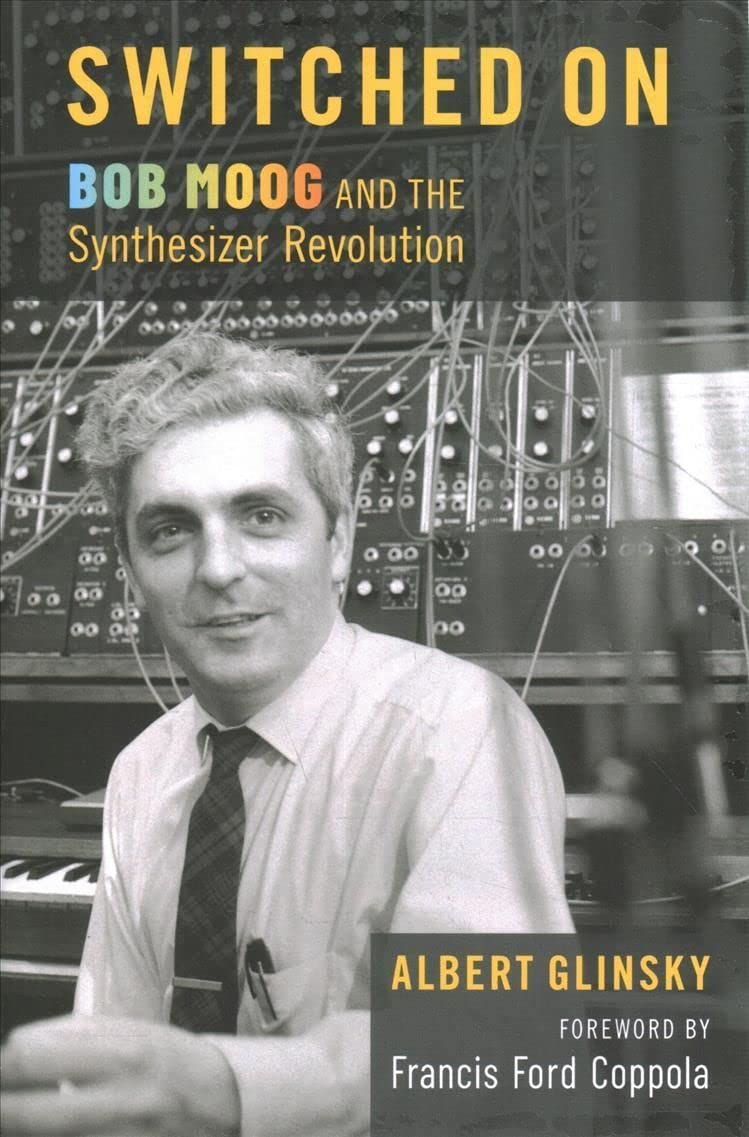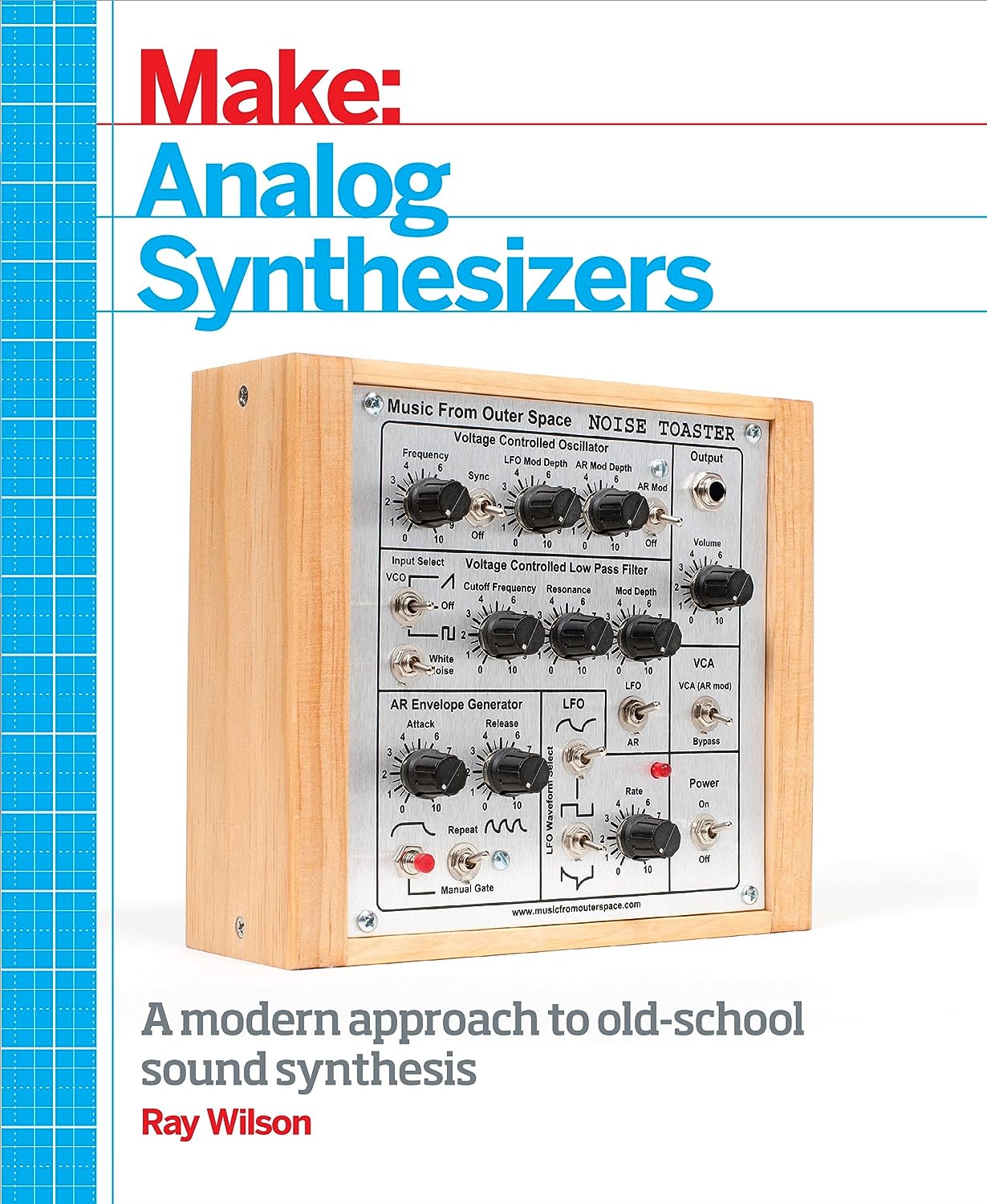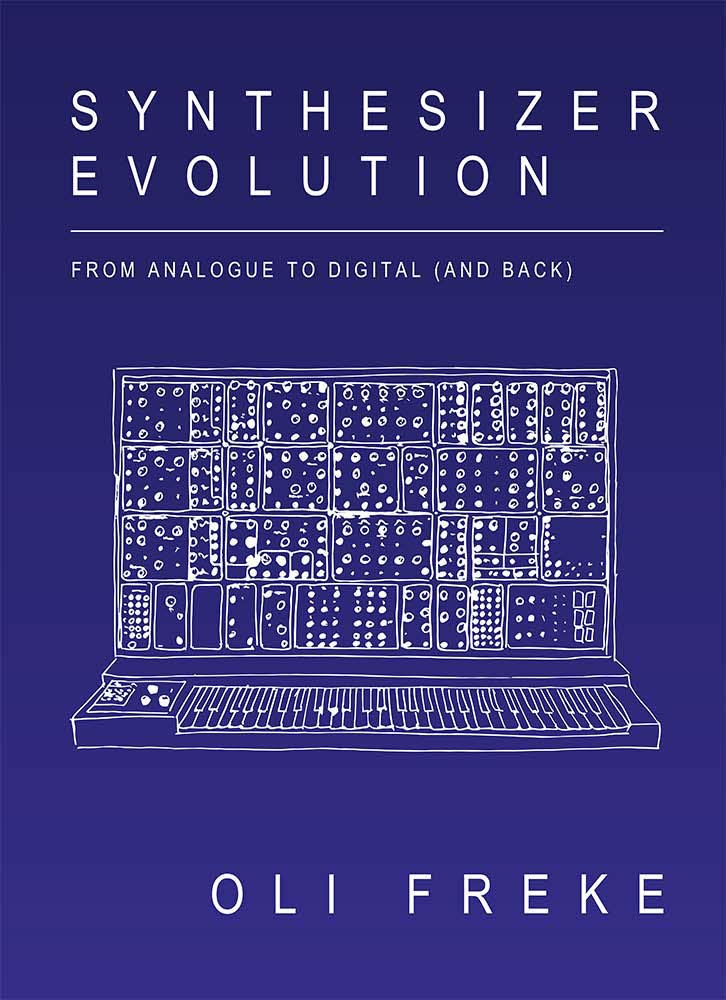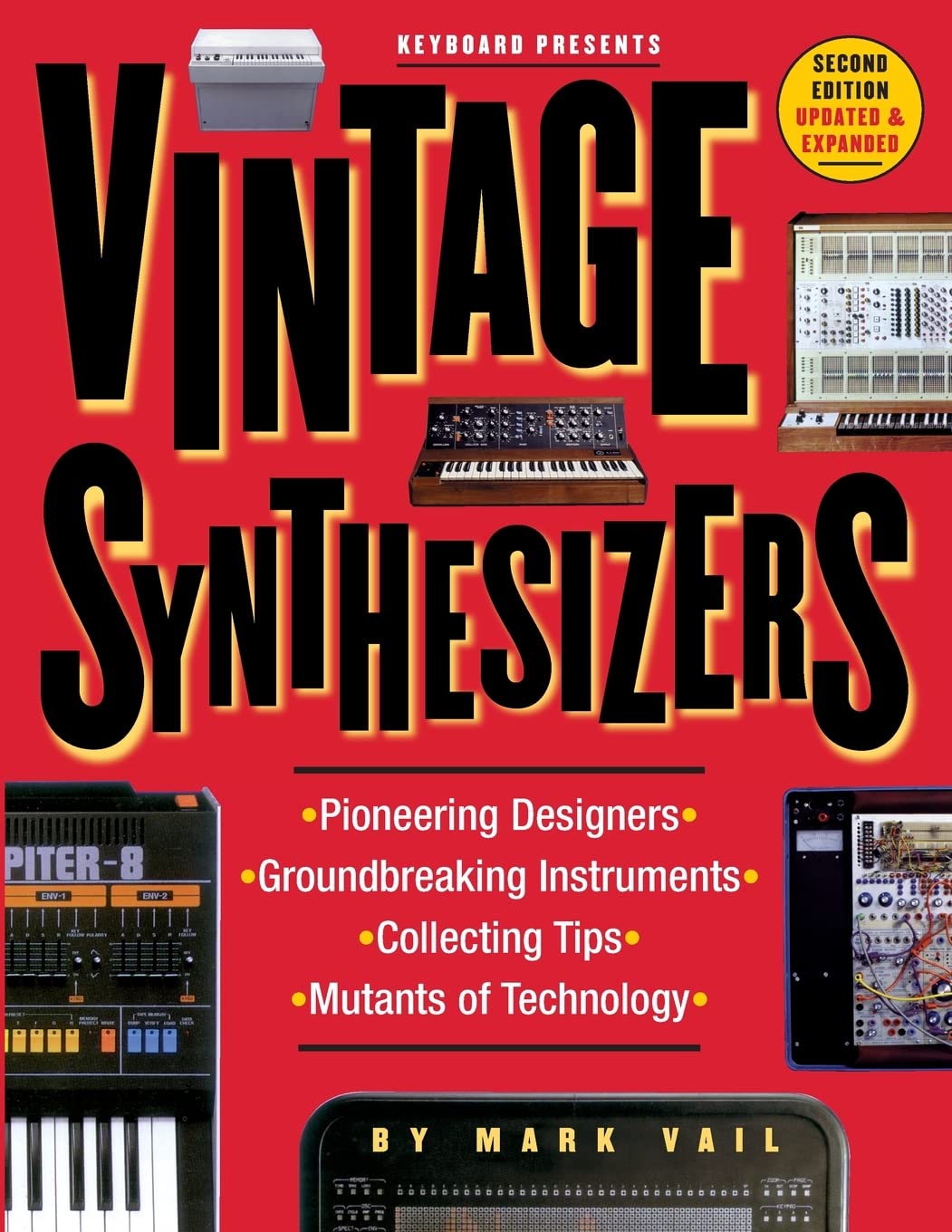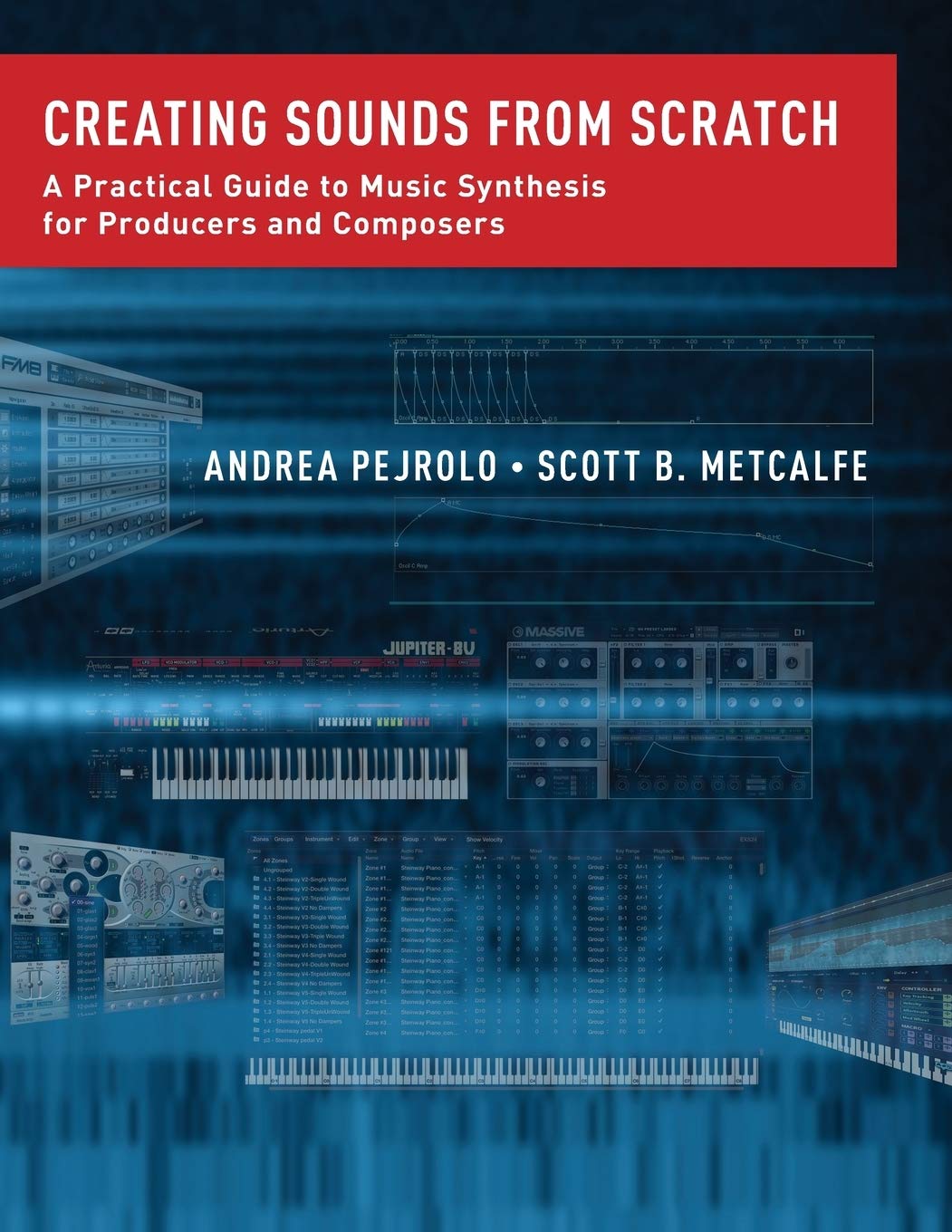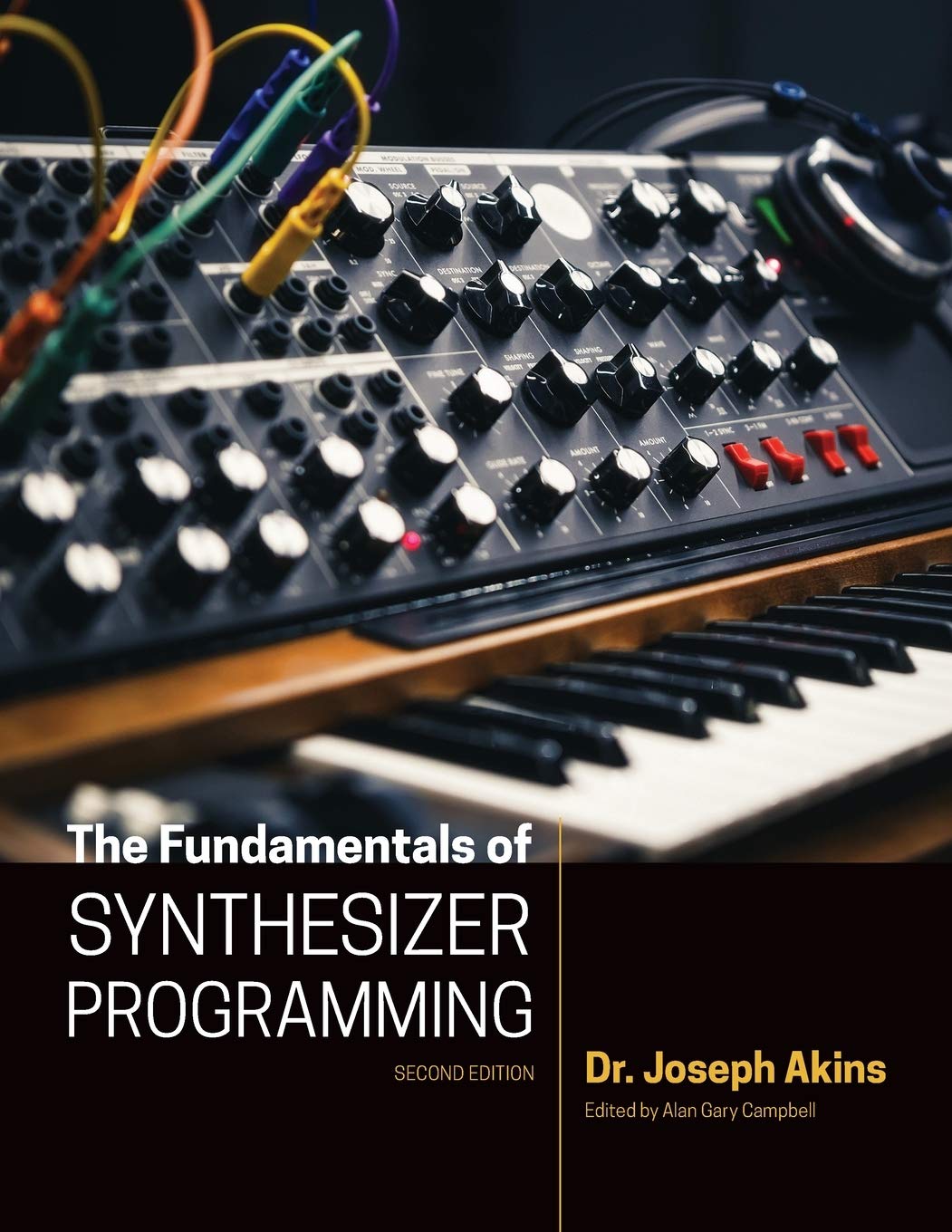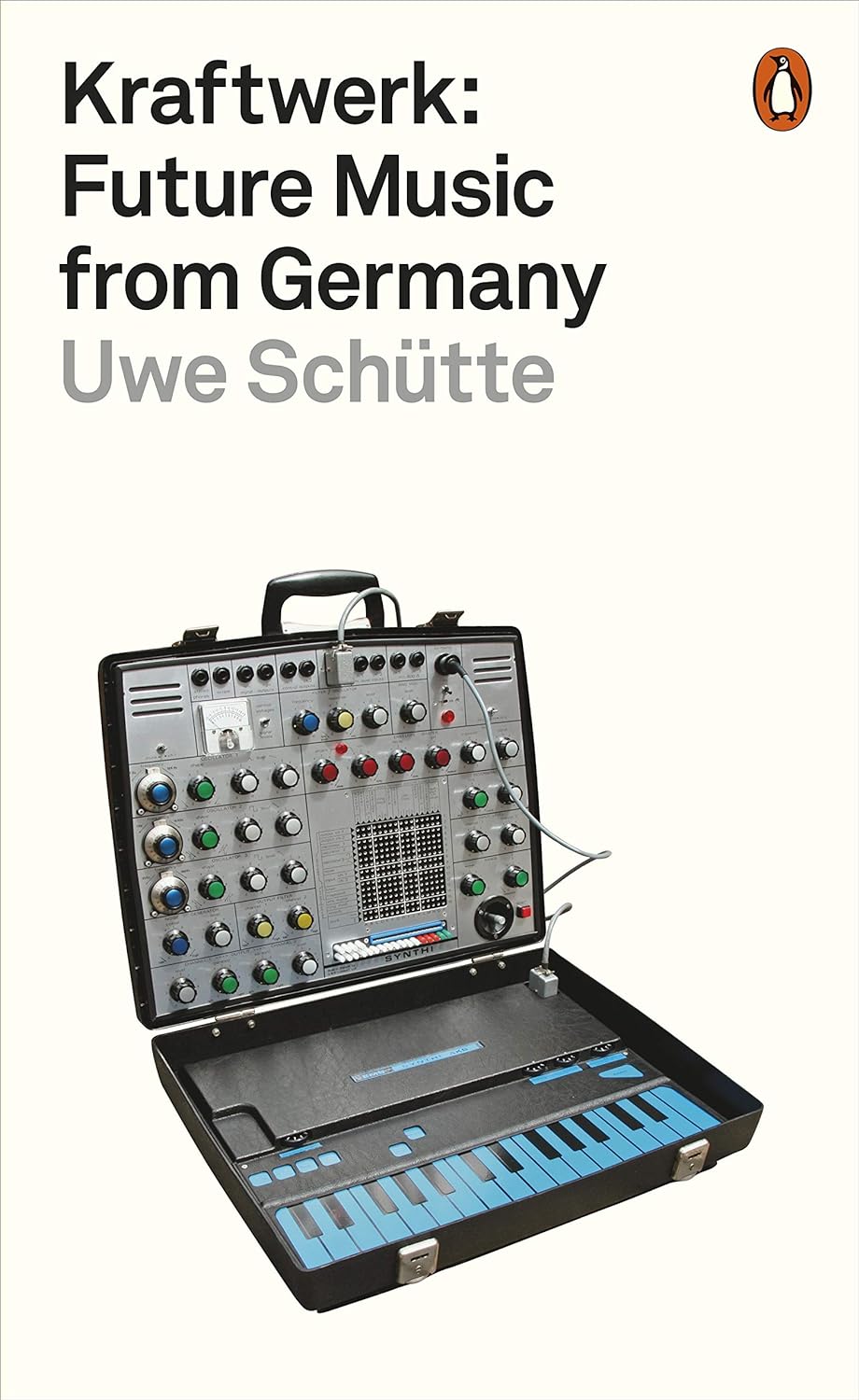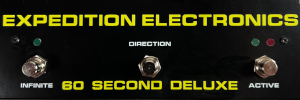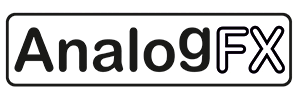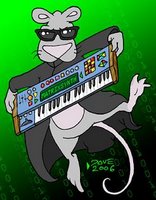via this auction
 Details:
Details:"Only about 100 of these made which makes this a very rare find. This keyboard have been compared to the top analog keyboards on the market. The Crumar Spirit was originally designed by Bob Moog (himself), Jim Scott & Tom Rhea and released back in 1983. It is a full featured analog monophonic synthesizer with 2 VCO's so it's got a pretty fat tone, but not as much as the classic 3-VCO Minimoog. However it is considerably more flexible than the latter. It has a basic 37-note keyboard without velocity or aftertouch. The two oscillators feature basic sawtooth, triangle and square waves and can be synced together. The filter section is very nice featuring low-, high- and band-pass filters and switchable 12dB or 24dB slopes. Other features of the filter include an independent envelope with inverted and normal ADSR, key tracking and single or multiple triggering of the filter. Some other features of the Spirit include a built-in ring-modulator, an Arpeggiator with 3 different patterns and that can be linked to the LFO, and there's an external audio input for running external sounds through its filters, LFOs or Ring Mod. For the hands-on approach, the Spirit is sure to please. There are 24 knobs, 10 switches and 15 sliders to start. There are 3 performance wheels for controlling the Pitch, Mod-X and Shaper-Y modulation effects (see LFO specs below). Using those with the Arpeggiator can get pretty wild. The Arpeggiator features 3 modes: Ripple (Up/Down), Arpeggio (Up several octaves) and Leap (Goes up 1 and then 4 octaves). There are also Auto and preset Glide modes for getting some elasticity or bending effects. Since all the LFOs, envelopes and filters are quite flexible you are sure to get some weird noises, fat basses, synths, etc. with the Spirit."









(08r)VJBMYcY!GVzQ~~_12.JPG)
























